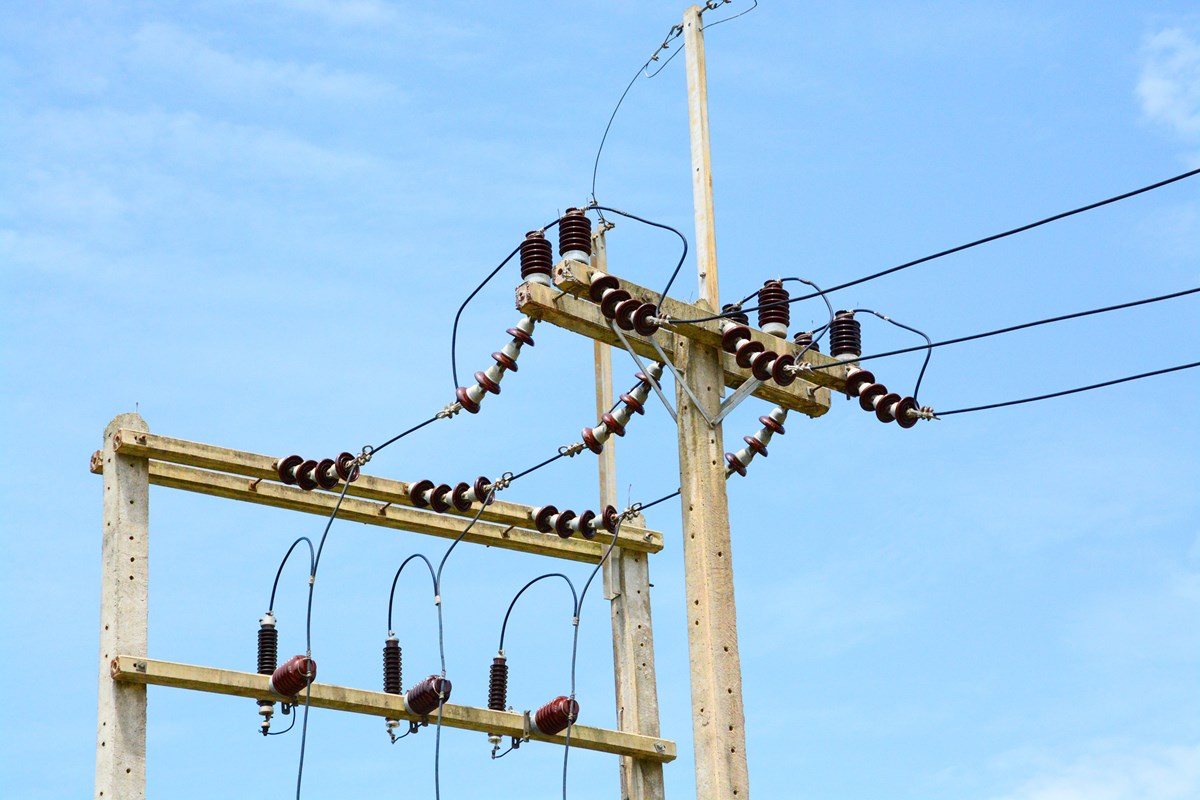Day one
Fundamentals
- Volts, Amps and Resistance
- AC Electricity, Capacitance and Inductance
- Real Power and Reactive Power
- 3-Phase Electricity
- Power Transformation
Earthing
- Basic principles of earthing
- CNE/ SNE – why
LV Network Components
- Functions types and sizes, why they look they do:
- 3 phase cables
- Service cables
- Mechanical protection
- Joints and link boxes
- Cut-outs and fuses
- Transformers
- RMUs for HV connection
- OH lines
Economic Design Rules
- Diversity – the importance of sharing – After Diversity Maximum (and Minimum) Demands
- Sizing and Thermal Ratings Exercise
Day two
Network Constraints
- Network Planning Regulations
- Thermal and Voltage constraints
- Fault level – too much or not enough – earth loop Impedance – fuse reach
- Power quality considerations
Representing Customers in Modelling Tools
- Profiles
- ACE49
The Age of Electric
- New loads appearing on LV networks – solar generators, plug-in electric vehicles, heat pumps
- Strategies for design to accommodate them
- Final exercise
Open Discussion
Day three
The optional third day will introduce you to the LV network design tool VisNet Design. Benefiting from the knowledge gained in the first two days, you will undertake several practical exercises using VisNet Design to design networks with different properties including PV generation and EV chargers.
Fundamentals of VisNet Design
- Background to the software package
- Core standards and a brief overview of the software methodology
- Key modelling components
Step-by-step Walkthrough of the Modelling Package
- A complete step-by-step walkthrough of the software to:
- Assemble a network
- Study embedded generation
- Assess and interpret results
Practical Sessions
- Network design exercises of varying difficulty to put into practice lessons learnt
Questions and Answers
Programme may be subject to amendment
